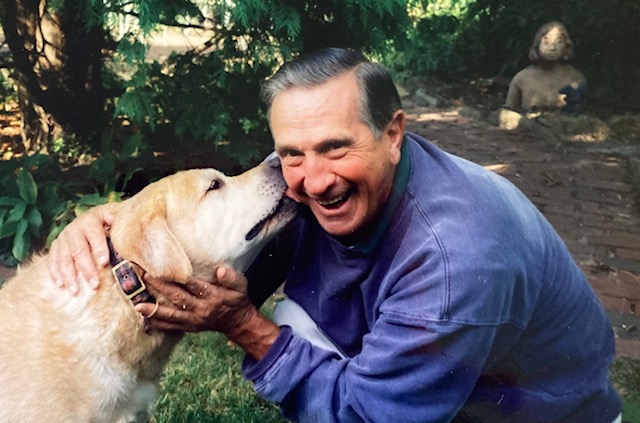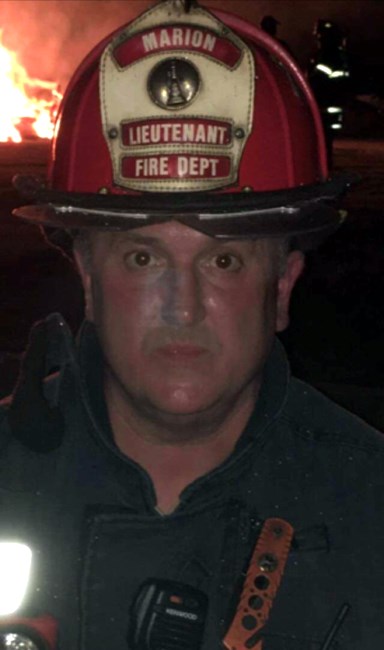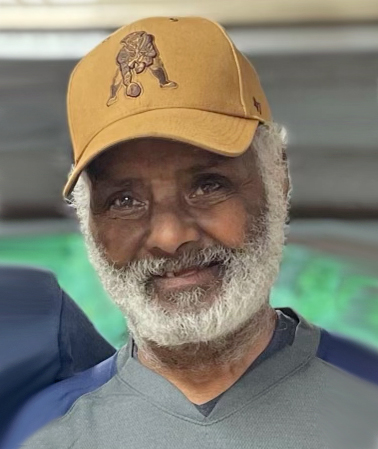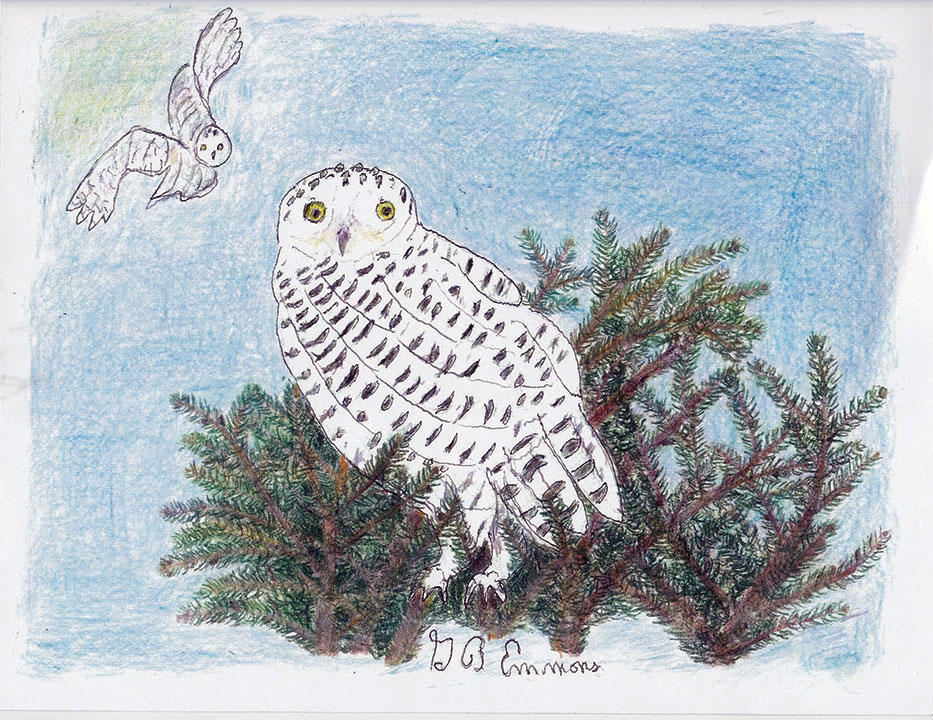Elderic H. Barry passed away peacefully at his Marion home on January 16, 2022, one week prior to his 93rd birthday. Dick enjoyed golfing with his buddies at Reservation Golf Course, quahogging with his dogs and gathering with family for meals and watching sports. But on sunny, summer days, Dick loved nothing more than relaxing at the beach, reading crime novels, and listening to music.
Born in Everett, MA, January 23, 1929, Dick was the son of Evangeline and Elderic Barry, Sr. and brother of Kathryn Young and Patricia Hunt. He graduated from Chelsea High where he was Captain of his football team and baseball team and elected Class President during his junior and senior years. As a young man, Dick enlisted in the Army and served as a Corporal stationed in Stuttgart, Germany. In addition to his official duties, Dick played football, baseball, and was a champion boxer.
Dick worked for New England Telephone/NYNEX for over 40 years, during which time he climbed to the position District Manager for the Cape and Islands. After retiring, he took on a new challenge as the Director of the Cape Cod Council on Alcoholism and Drug Dependence. Dick dedicated many years to helping others struggling with addiction and stayed active as a mentor into his 90s.
Dick and his wife Virginia raised three children, Mark, Kim, and Brian. He had four grandchildren: Brendan and Maura Van Voris and Mark and Steven Barry, along with two great-grandchildren: Luna Van Voris and Ethan Barry. Dick lived a long, full life, and he will be missed by his family, loving friends, and the countless individuals who looked to him for guidance and mentorship.
A memorial service will be held in the spring to celebrate his life. For online guestbook, visit www.saundersdwyer.com.



